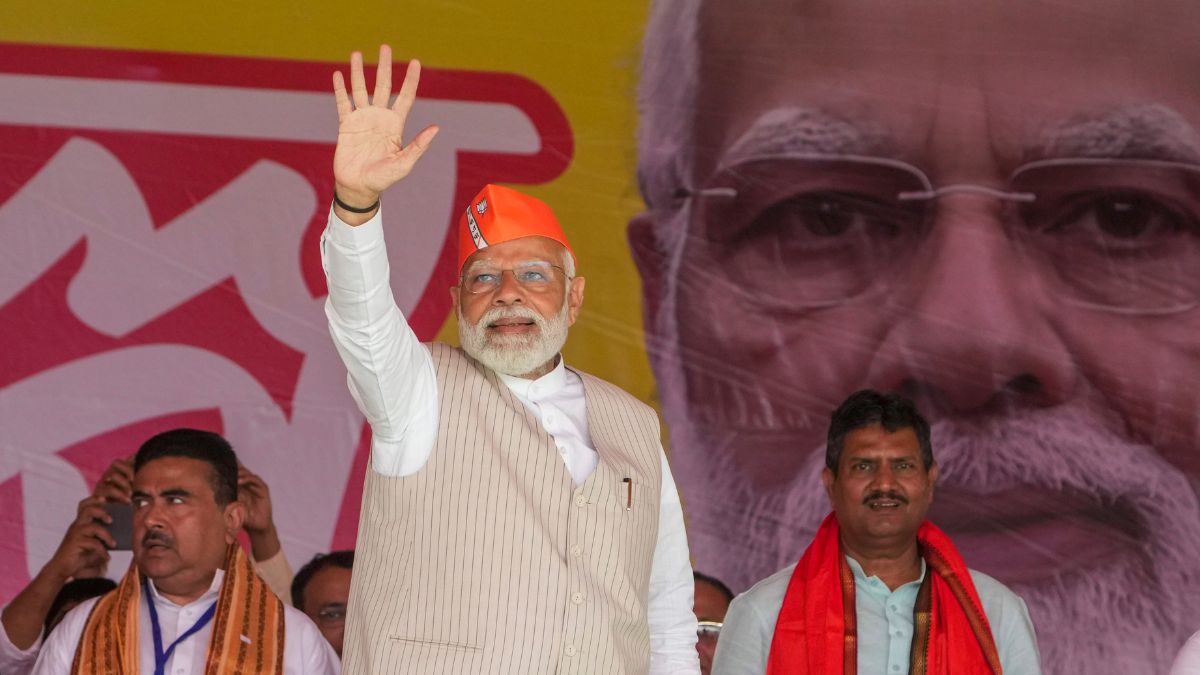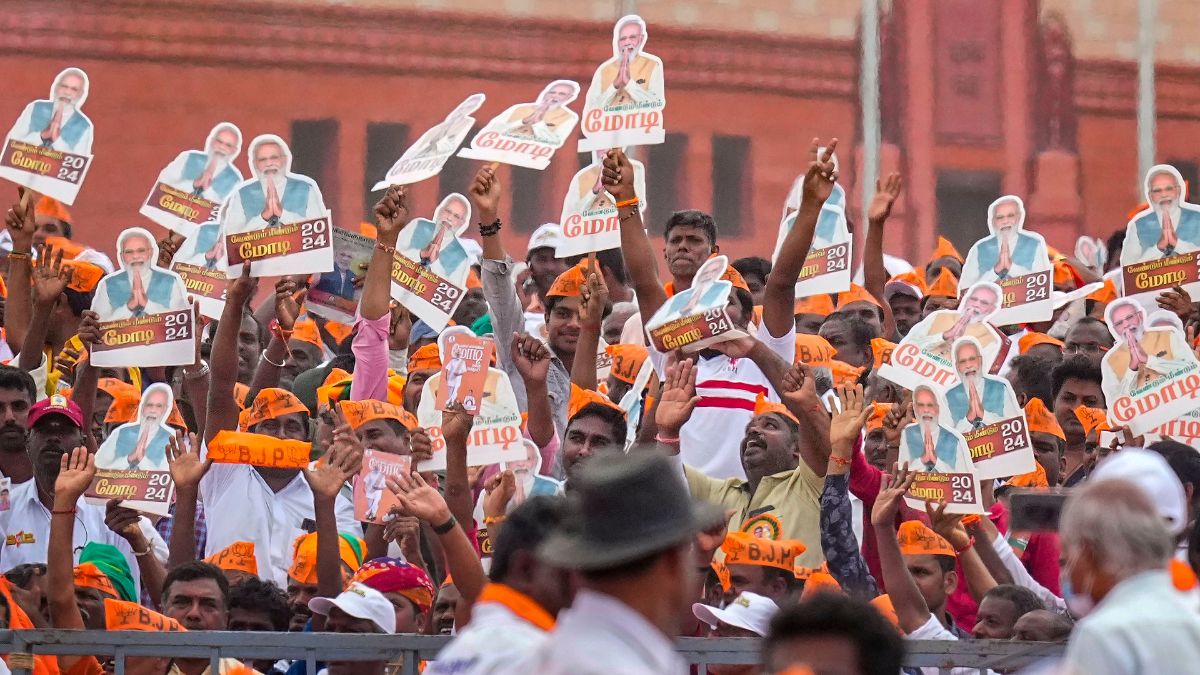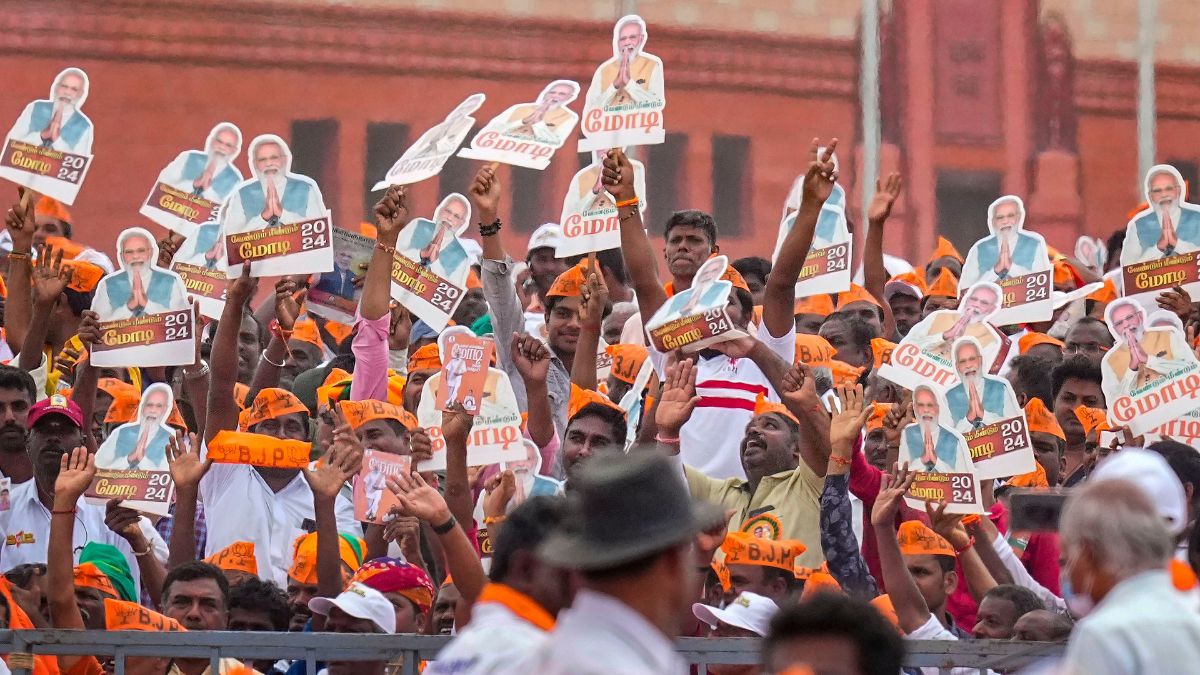Chinese troops infiltrating the border in the Chamoli district in Uttarakhand were reported on Wednesday. These troops reportedly camped with arms despite India and China’s agreement to keep the area demilitarised.
The incident had actually taken place on 19 July when a team led by Chamoli district magistrate and other officials from Indo-Tibetan Border Police force (ITBP) went for a survey of Bara Hoti, according to official sources.
Uttarakhand Chief Minister Harish Rawat termed the development as “something to worry about”. The Union Minister of State for Home Kiren Rijiju said that ITBP had been asked to look into the matter.
Bara Hoti, writes Namita Singh for Firstpost , which is spread across 80 sq.km in Chamoli, is a disputed territory between India and China. However, this is not the first time that Chinese troops have infiltrated the border.
In the above mentioned piece, Vijay Bahuguna, the former chief minister of Uttarakhand, cited 37 instances of transgression that had been noted in the area between 2007 and 2011.
Meanwhile, a Telegraph report, said that the Bara Hoti grounds have been in dispute since 1954 and one reason for that is because of the difference in the heights of the ridge lines (over 15,000 feet) that surround these grounds.
Terming it as “temporary transgression” , around 250 soldiers belonging to China’s Peoples Liberation Army entered Arunachal Pradesh’s east district of Kameng on 9 July, 2013. This happened at a time when Beijing was staunchly opposed to India’s bid for the Nuclear Suppliers Group (NSG) membership. Earlier in April that year, Manohar Parrikar visited China and discussed issues of strategy and the implementation of agreements to reduce tensions.
In June 2016, a scuffle broke out between the soldiers of the Indian Army and Peoples Liberation Army (PLA), when 276 Chinese personnel entered India from four different border points in Arunachal Pradesh. The incident took place at ‘Shankar Tikri’ on the Line of Actual Control (LAC) of the Yangtse area in Arunachal Pradesh, with the PLA claiming the area belonged to China.
A 2014 Business Insider report mentions that the two countries share the world’s longest disputed border, along which China has on many occasions transgressed into India to achieve a strategic advantage.
Brahma Chellaney opines in The Japan Times that for China, principles have always been “bendable”.
Take its territorial disputes with India: Content with its Switzerland-size land grab (Aksai Chin) in India’s western sector, China pushes expansive claims in the eastern sector that highlight its ingenious principle to covet neighbors’ territories — “what is ours is ours and what is yours is negotiable.”
He further writes that since 2006, Beijing has claimed Arunachal Pradesh as ‘South Tibet’ and did so to persuade India to recognise its occupation of the Aksai Chin plateau, another disputed border area between the two countries.
In April 2016, India and China held talks to resolve the ongoing border dispute, which the latter claims is confined to 2,000 km, and mainly Arunachal Pradesh, while India maintains the dispute covers the whole of the LAC, including China-occupied Aksai Chin.
The Central Intelligence Agency (CIA), on its website , mentions that India and China continue their security and foreign policy dialogue that started in 2005 “related to the dispute over most of their rugged, militarised boundary, regional nuclear proliferation, and other matters”, and that China claims most of Arunachal Pradesh as its own.
It’s worth noting that such incursions usually take place before bilateral meetings involving the two countries. BBC’s Harsh Pant writes that these border incursions are employed by China to “keep India on the defensive. Before every major bilateral visit, such incursions tend to take a serious dimension”.
In 2014, when President Xi Jinping was talking trade in India, Chinese and Indian troops faced off each other in Ladakh.
But Narendra Modi, on his China tour, was perhaps the first Indian leader to publicly identify the country as an impediment to India-China relations, when he said, “The solution we choose should do more than settle the boundary question. It should do so in a manner that transforms our relationship and not cause new disruptions.”
What’s interesting is that the recent incursion that took place in Uttarakhand might be related to the “ serious consequences ” that India was warned about (by China) when it refused to extend the visas of three Chinese journalists. A state-run daily, Global Times , wrote on 25 July:
…speculation is swirling that India is taking revenge against China for the latter’s opposition to India joining the Nuclear Suppliers Group (NSG)…If New Delhi is really taking revenge due to the NSG membership issue, there will be serious consequences


)




)
)
)
)
)
)
)
)